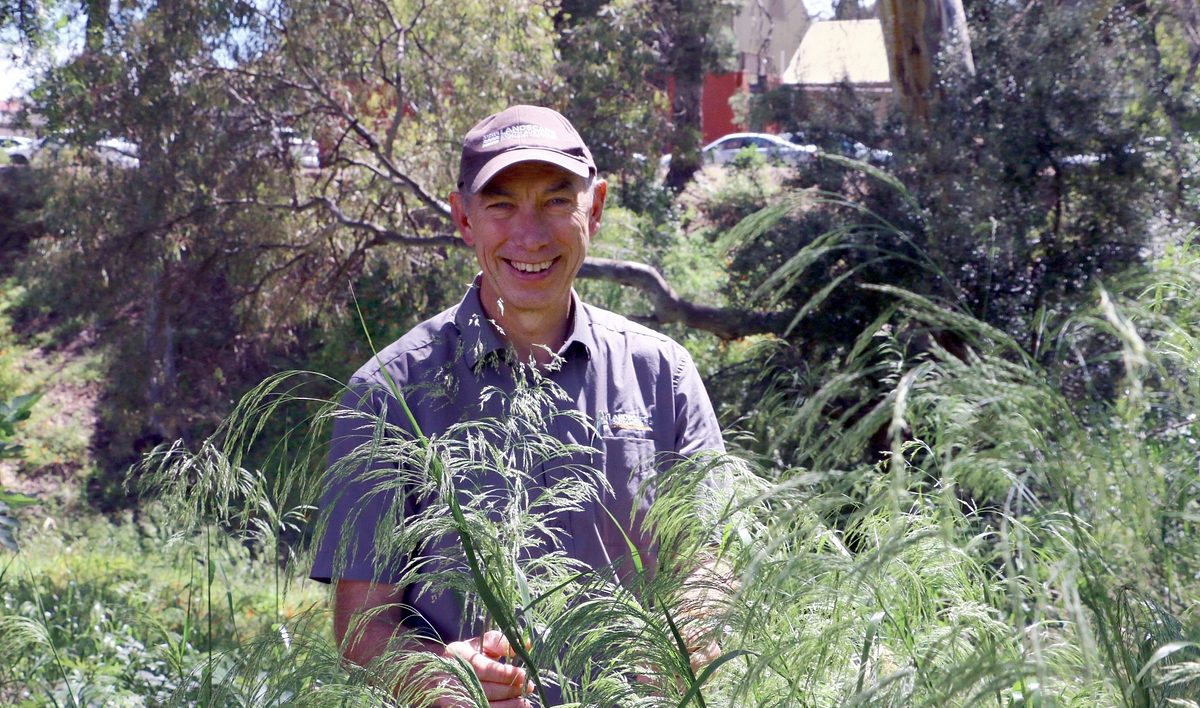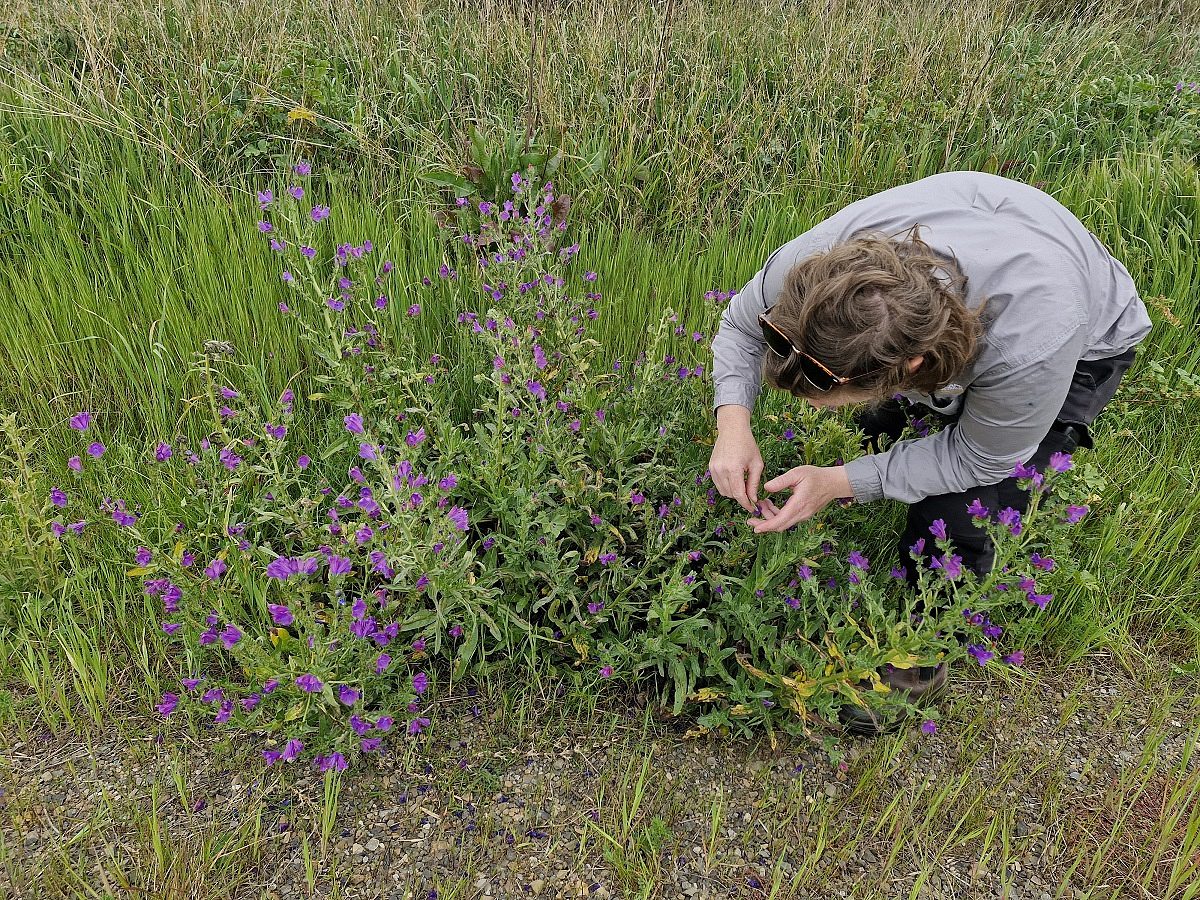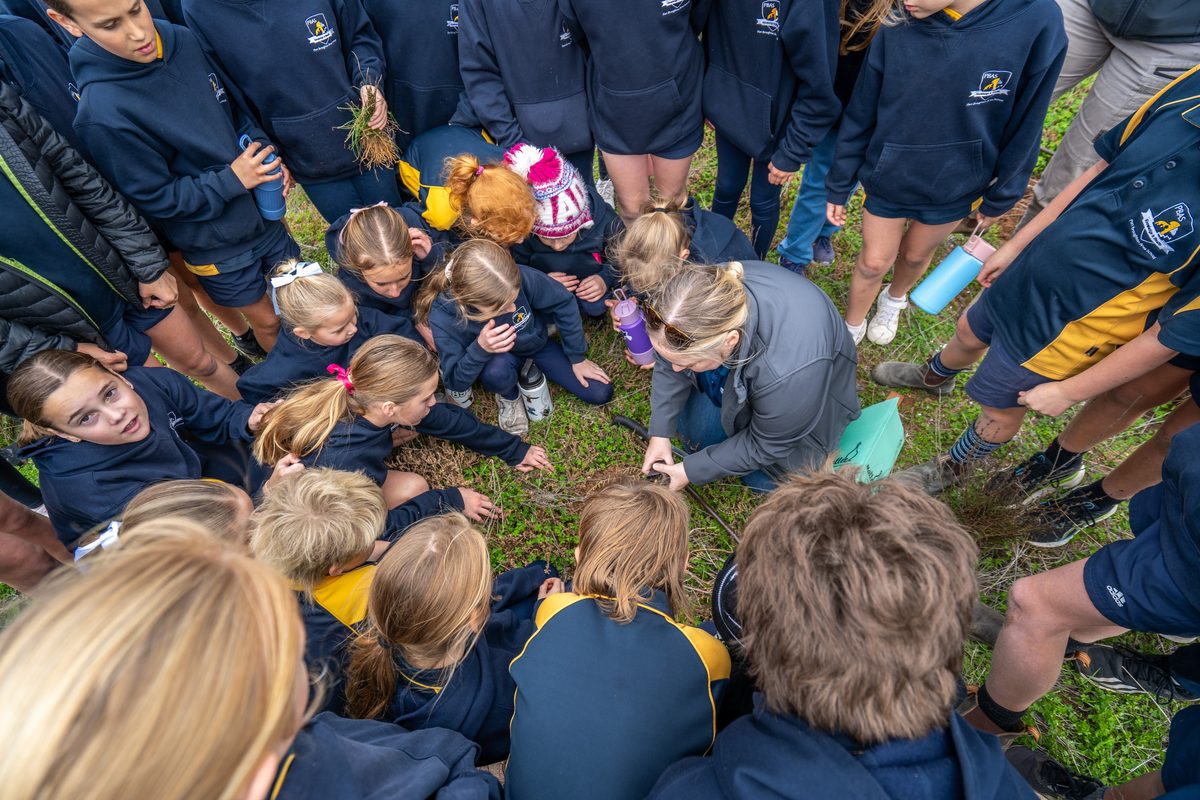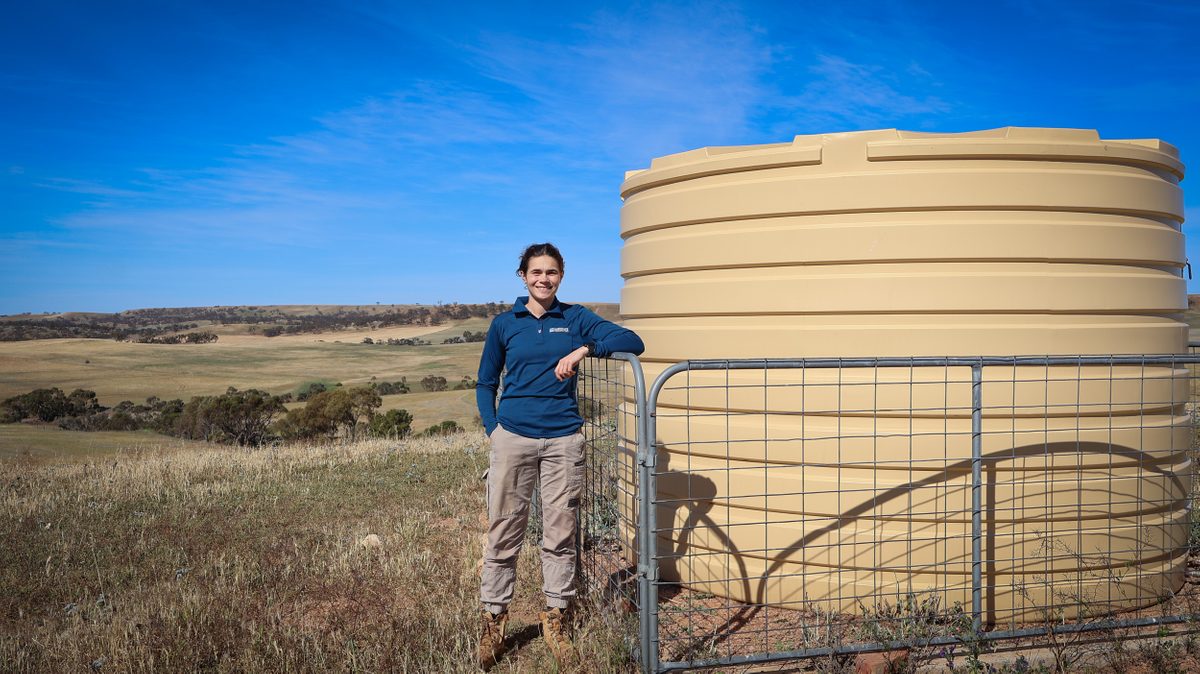Predicted wet summer prompts weed warning for land managers
An unseasonably wet spring has set the scene for declared weeds to thrive as the weather heats up.
The Northern and Yorke Landscape Board is encouraging land managers to be on high alert throughout summer to ensure weed management gains achieved in recent years are not lost.
“We’ve seen many land managers and community groups make significant inroads in managing declared weeds and we don’t want that sustained effort to go to waste,” said Team Leader Yorke Peninsula David Hughes.
“On the back of higher than average rainfall, warmer weather will trigger considerable weed growth, so it’s important that land managers are ready to act. We’re particularly concerned about silverleaf nightshade, African rue, burr weeds like caltrop, innocent weed, khaki weed and noogoora burr and summer grasses such as African lovegrass, buffel grass and coolatai grass.
“These weeds are a significant threat to agriculture and the natural environment, and if left uncontrolled become an increasingly costly and difficult problem to solve.”

The Board has prepared practical weed control tips to help land managers control weed levels as rainfall events continue into summer.
1. Act quickly:
Catching weeds before their seeds set is crucial to prevent a weed problem that snowballs each year. An added challenge is the likelihood of repeat germinations this summer, making continued weed vigilance and action important.
2. Keep some cover:
Bare ground is paradise for opportunistic weeds like caltrop that thrive with minimal competition. Slashing your paddocks to 5-10cm will prevent scalping and provide sufficient coverage to ensure there is little room for weeds.
3. Create a weed bay:
When moving equipment and vehicles between properties, ensure weeds don’t hitch a ride too. Best practice for land managers and contractors is to blow or wash down machinery in the same, contained area that can be sprayed later.
4. Band together:
Start a friendly neighbourhood weed watch and work with nearby property owners to identify and reduce weeds in your area. Share your weed control plans and encourage a joint, targeted approach.
5. Seek expert advice:
Download PIRSA’s weed control handbook and treat it as your bible for managing declared weeds. It lists all of South Australia’s declared weeds and how and when to control them in bushland, vineyard and farm settings.
For more information about controlling declared weeds, visit Northern and Yorke Landscape Board’s website at www.landscape.sa.gov.au/ny or call us on (08) 8841 3444.


